|
The other day we were at our second cousins’ house, Natalie and Luke’s, who live outside of Seattle in Issaquah, WA. In addition to playing outside in the rain and getting soaked with our cousins we just met, we also went to the salmon fishery. Even though it was at the end of the salmon run, we still saw these unbelievably determined salmon swim up the fish latter. I was amazed that the salmon never stopped, they just kept swimming and jumping out of the water into the next pool where they would rest, conserve energy, then do the same process again, and again, and again. Once the salmon made it to their final destination, they would spawn, and then die.
Also, salmon allow other fish, mammals and birds to survive because they are an important part of the food chain. A recent study from Olympic National Park showed that around 175 different animals also feed on salmon, their eggs and the fry (fry are young salmon). Nowadays, not only do they provide us with food but also provide us with the opportunity to fish for fun. Most recently humans have pushed salmon to the brink of extinction, and now we have to double our efforts in order to save this species and restore balance to the force… just kidding, the ecosystem. The hatcheries seem to be providing a major role in accomplishing that, and we can now enjoy fishing the salmon, and watching their unique and incredible commute up hundreds of miles of steams.
After years of fighting and planning, in 1992 Congress made a bill saying that the Elwha River dams would be removed so the river could run free again. Even though the bill was passed it took 22 years till the dams were removed, but even more amazing was that in 2014 (the year after the Gilnes dam was finally removed) the salmon and other fish started to come back. It was so fun learning about how the whole dam removal happened, and it gave me hope for the freedom of all rivers. Also, the National Park Service made these really informative and well put together Videos about Elwha River dam removal. I just loved learning about salmon and it was fantastic to hear about dam removal. It lit a spark in me that makes me want to be a conservationist, and I hope you feel it, too.
4 Comments
|
AuthorGrant Archives
April 2016
Categories |
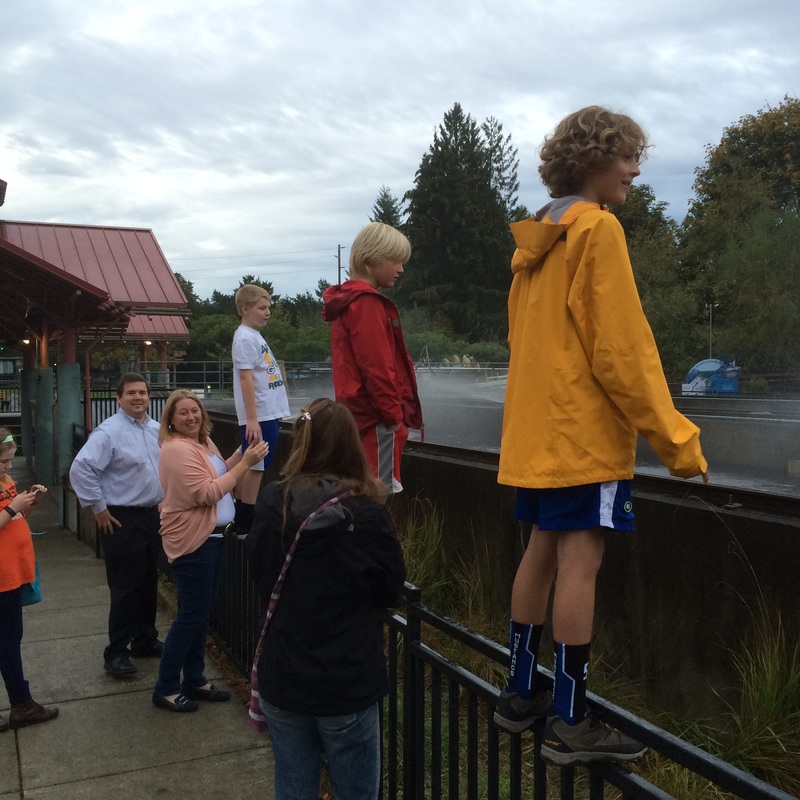
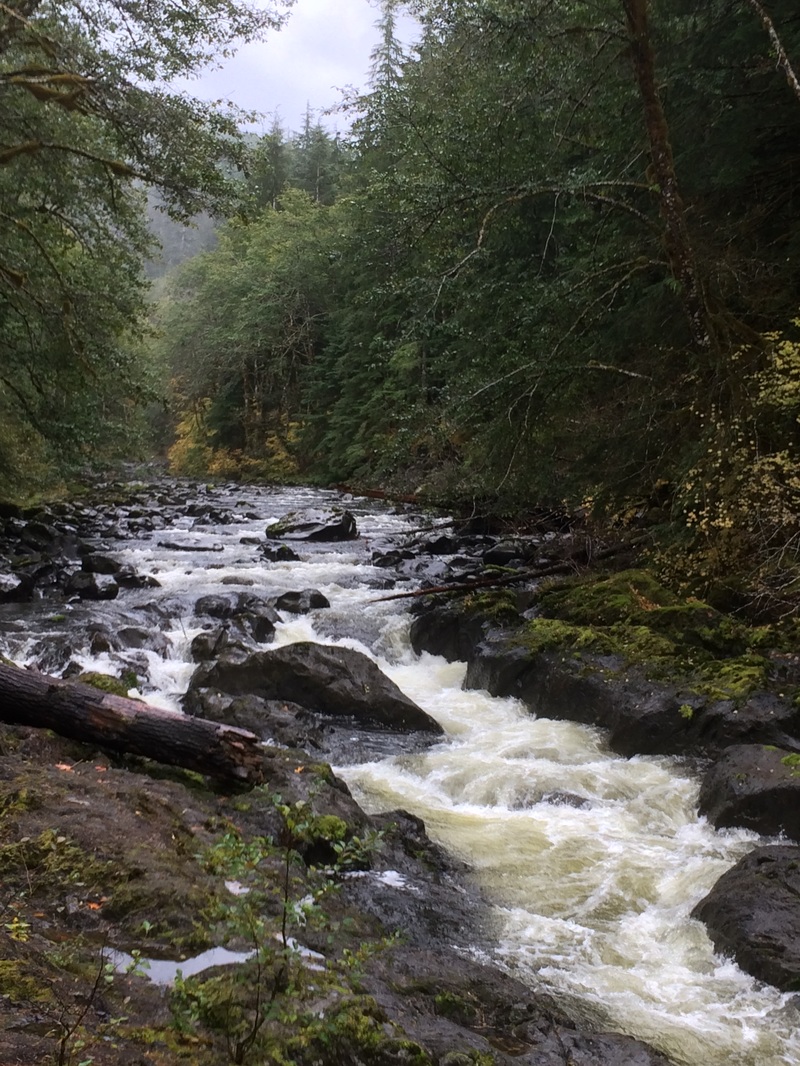

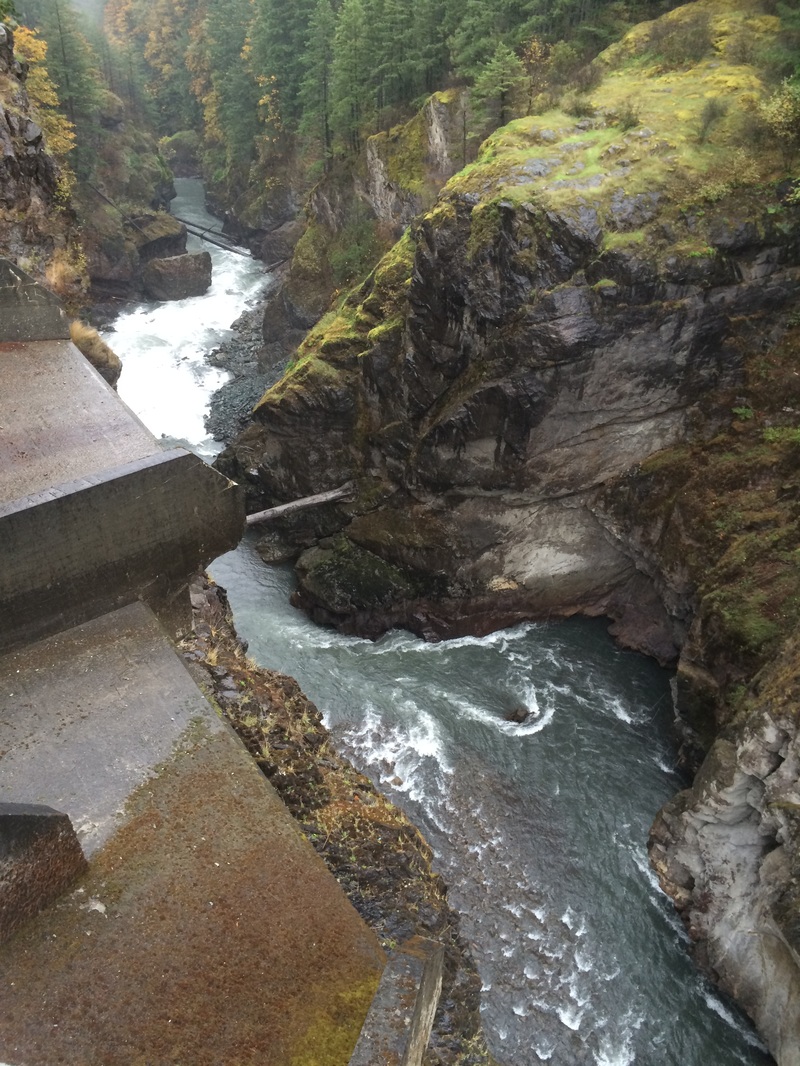
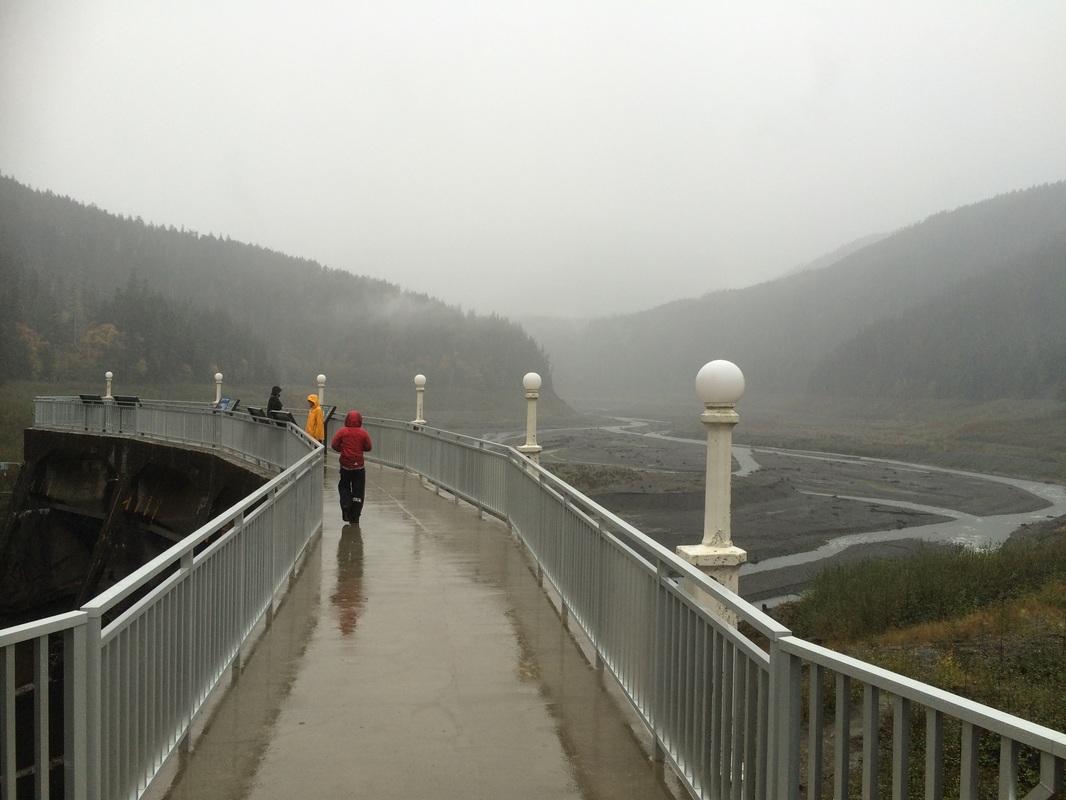
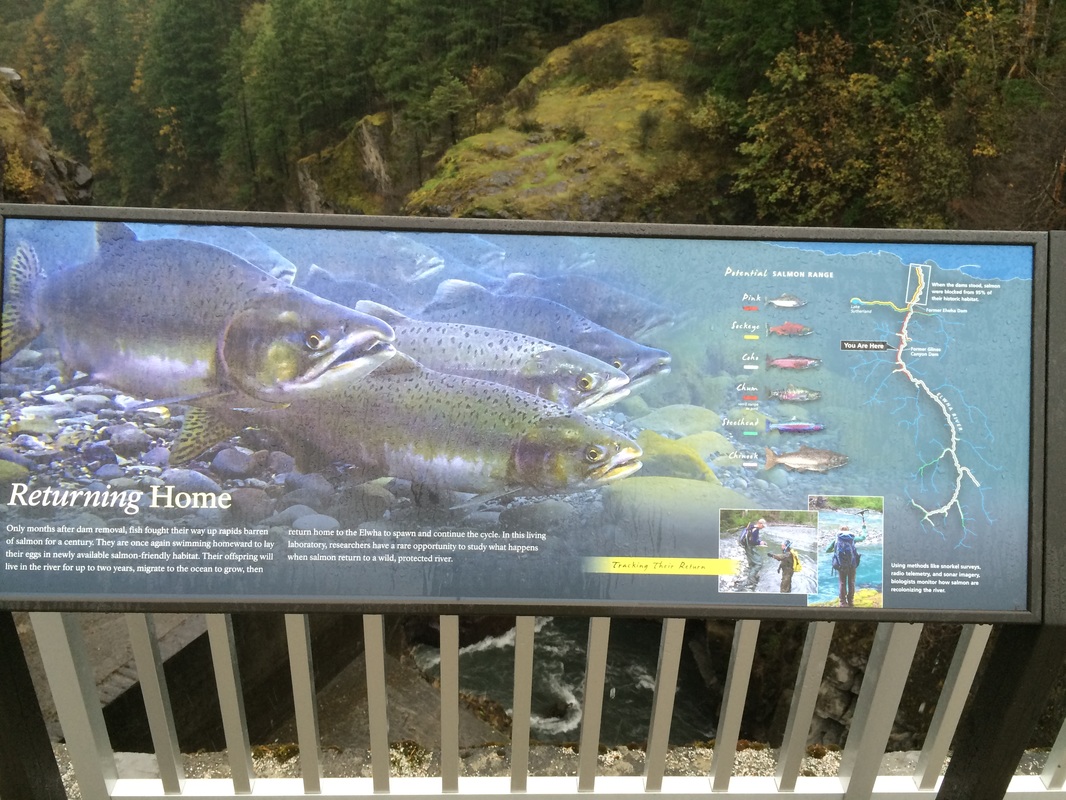
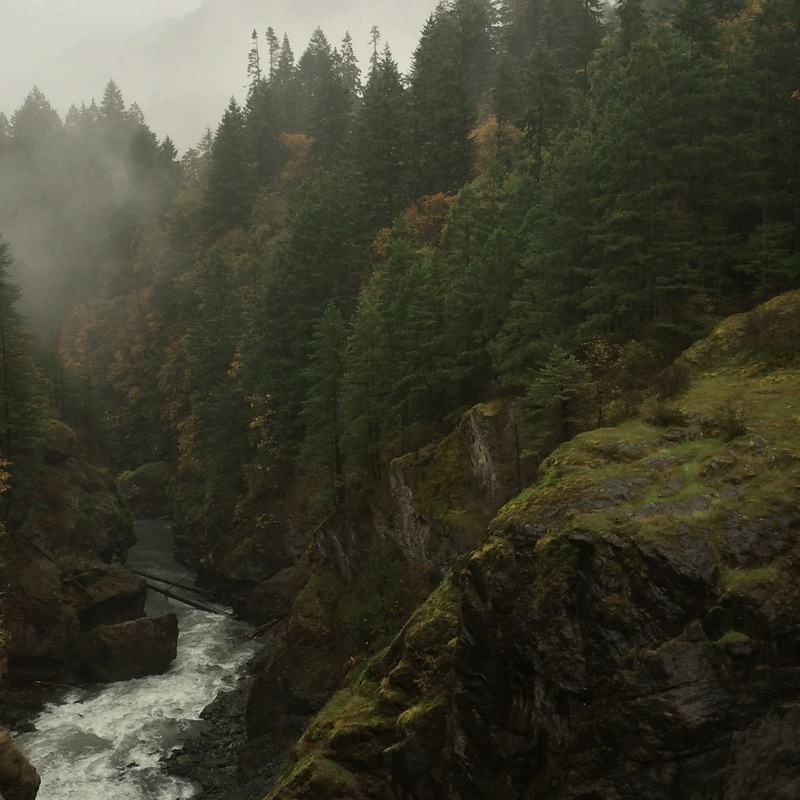
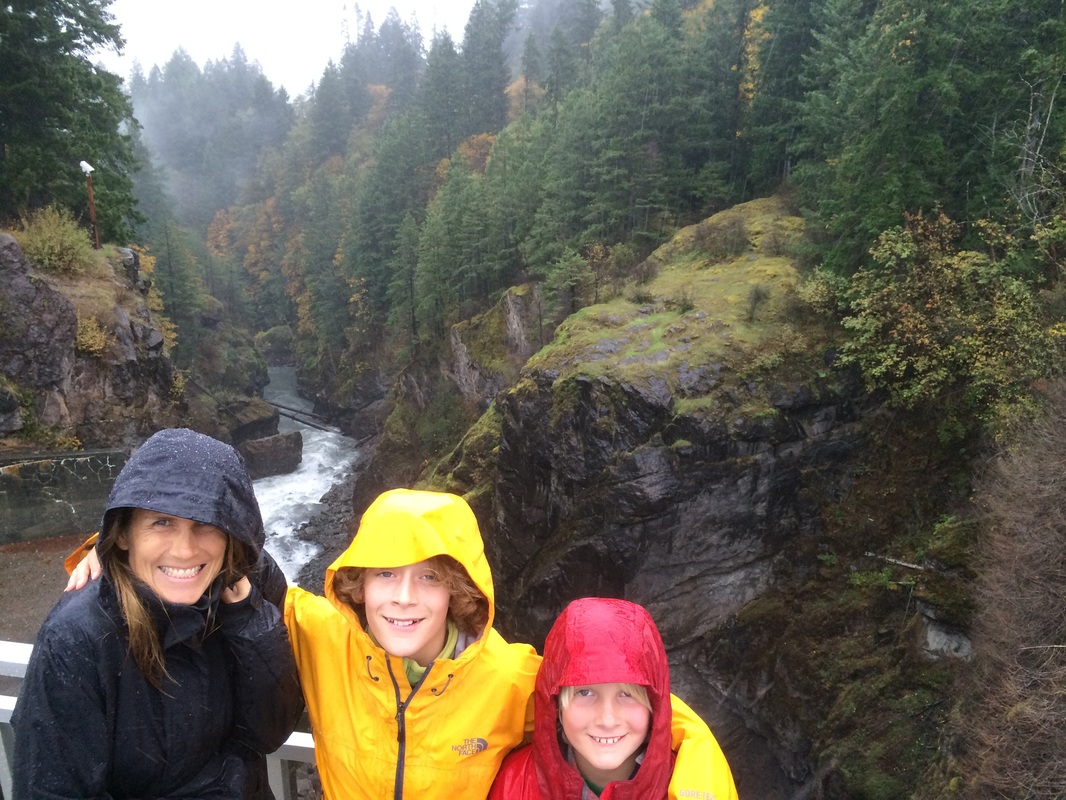
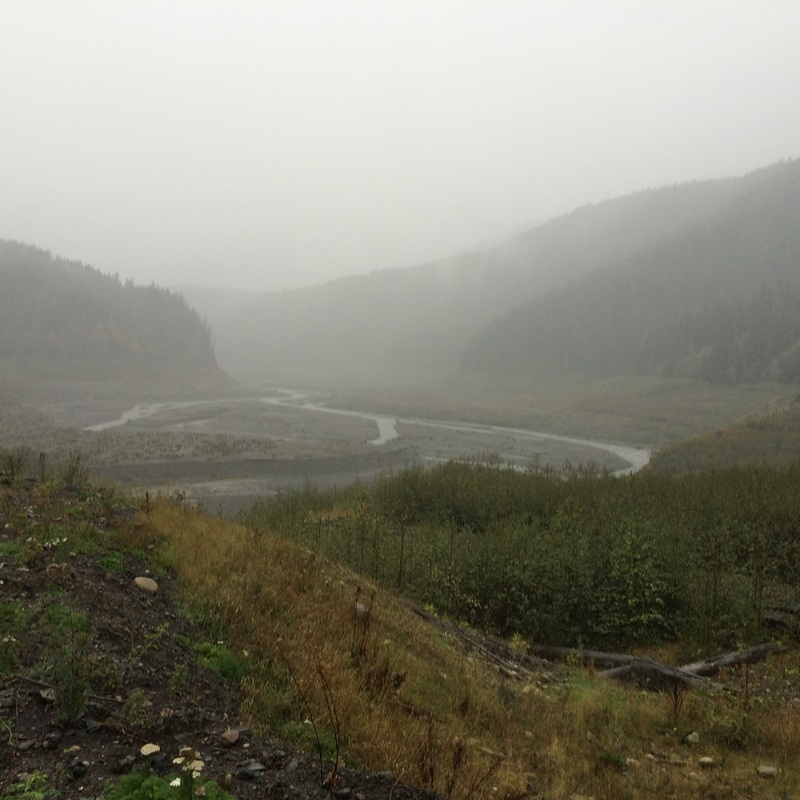
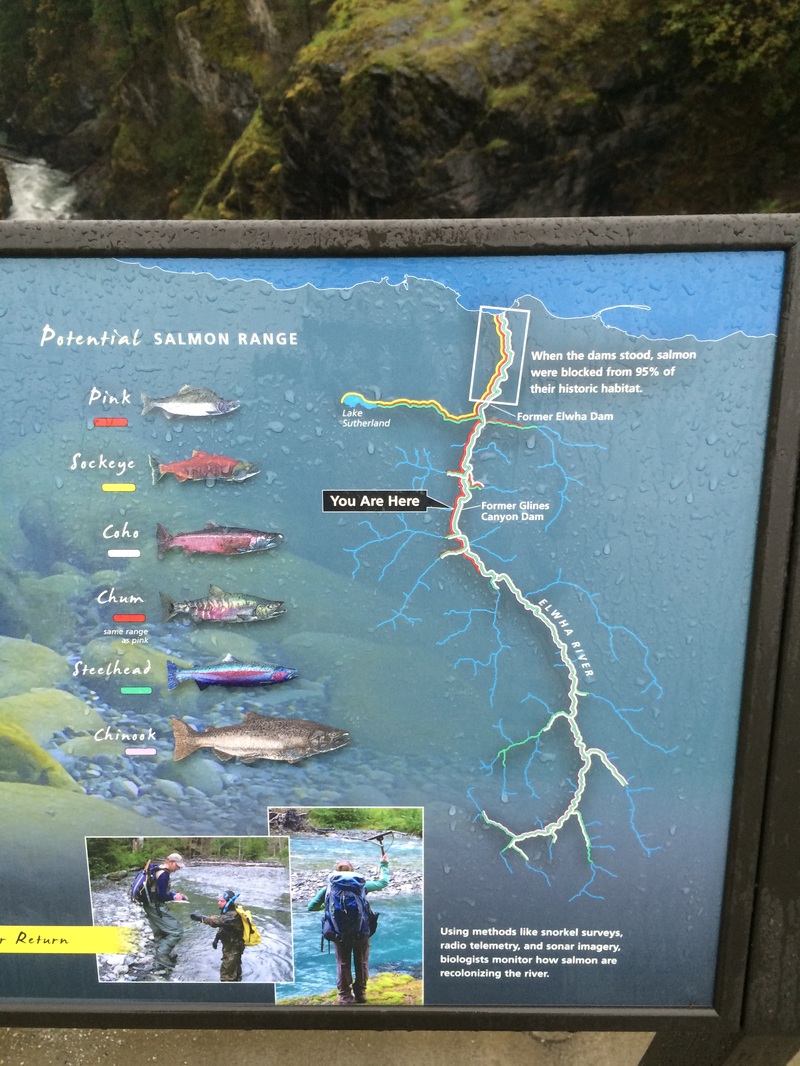
 RSS Feed
RSS Feed